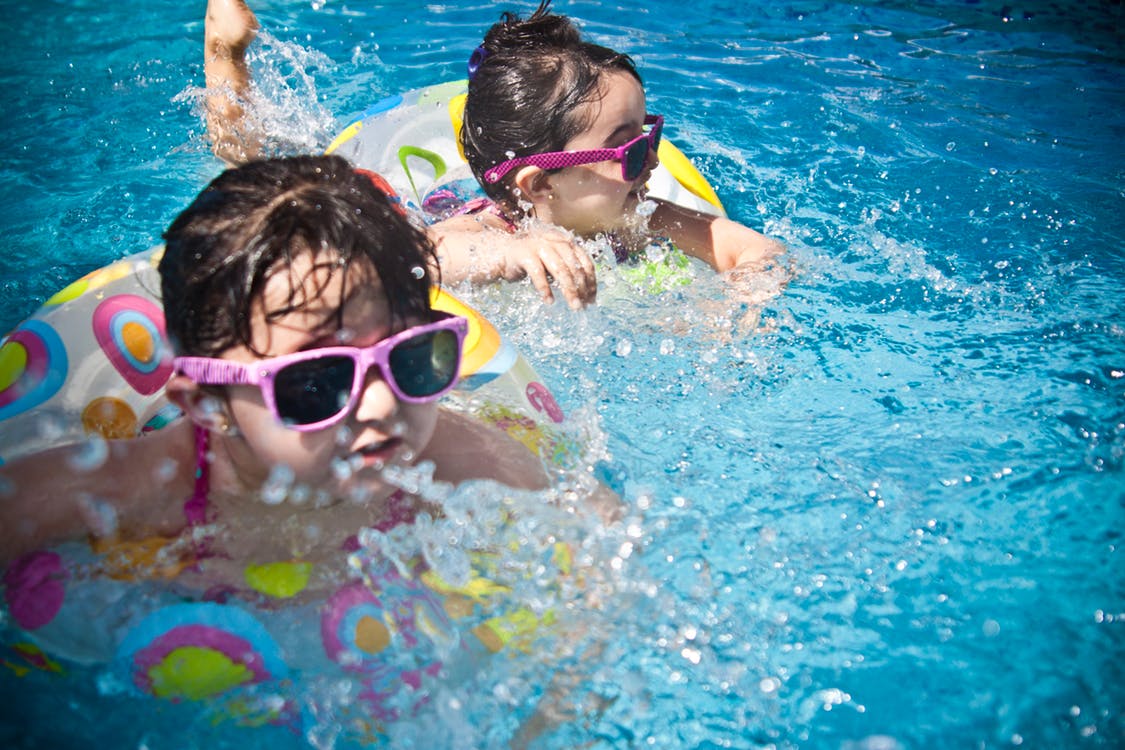
Is it true that you shouldn’t go swimming after eating?
This is an often-debated question that’s been around for decades. And even in today’s Internet-centric world, people continue to spout off their beliefs without actually looking up the answer. It happens at the pool, at the beach, wherever there is the chance of mixing food with water (gasp!).
But like feeding gremlins after midnight, not all urban legends are fact. Today, we look at a few of the most common myths about pools and swimming, so we can finally dispel some of the fiction.
Let’s dive in, shall we?
Myth #1: You shouldn’t swim after eating.
Sorry, Grandma, you’re right about a lot of things, but not this one.
The myth goes like this: If you’ve just eaten lunch, a sandwich or any other food, you need to wait 30 minutes to an hour before going in the pool. Otherwise, your muscles will cramp so badly you could drown.
But here’s the truth: If you’re waiting an hour every time you eat, you’re just wasting time that you could be spending in the water.
Studies show there is no evidence that eating before swimming (or other exercise) causes cramping. Even if you have a young child who, coincidentally, cramps up after getting in the pool, they shouldn’t lose control over their bodies (which should also float).
What if a child was in the deep end, and he couldn’t swim, and he started to panic? Is it possible that could turn into a dangerous situation? Absolutely – but you can’t blame the food. There are numerous other pool safety rules here that could (and should) prevent such an accident from occurring.
Myth #2: Pool water is disinfected, so it’s okay to swallow.
A little bit of chlorinated water isn’t going to kill you (or do anything at all, really), but that doesn’t mean it’s something you want to do. As a pool owner, you already know that lots of chemicals go into the water to keep it clean and clear. But while those chemicals help to kill waterborne germs, they’re not for drinking.
Most adults wouldn’t care to get pool water in their mouths anyway (especially in public pools, where you don’t know how others are choosing to empty their bladders). But children need to be reminded to avoid getting water in their mouths and not to drink it if they do.
Myth #3: Chlorine turns your hair green.
The origins of this one do have some truth, but the statement itself is inaccurate.
People with blond hair, especially if it’s been bleached, can attest to having a greenish tint in their hair after spending long periods of time in the pool. Even brunettes can experience it from time to time. But the fact is, the chlorine is not the culprit.
The green actually comes from metals in the water, which may be present for a few different reasons. Some metals, such as copper, are common in pool chemicals to help prevent algae. But metals can also leach into the water from pool fixtures.
If you’re dealing with green hair, you can usually remove it easily by shampooing your hair right after the pool. Wearing a swim cap can also help prevent it from occurring in the first place.